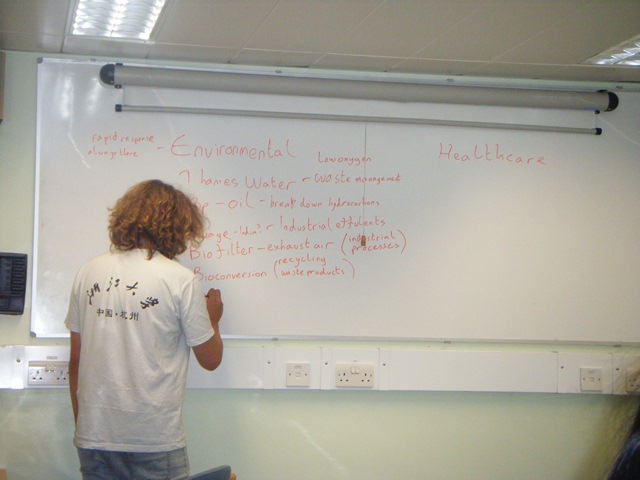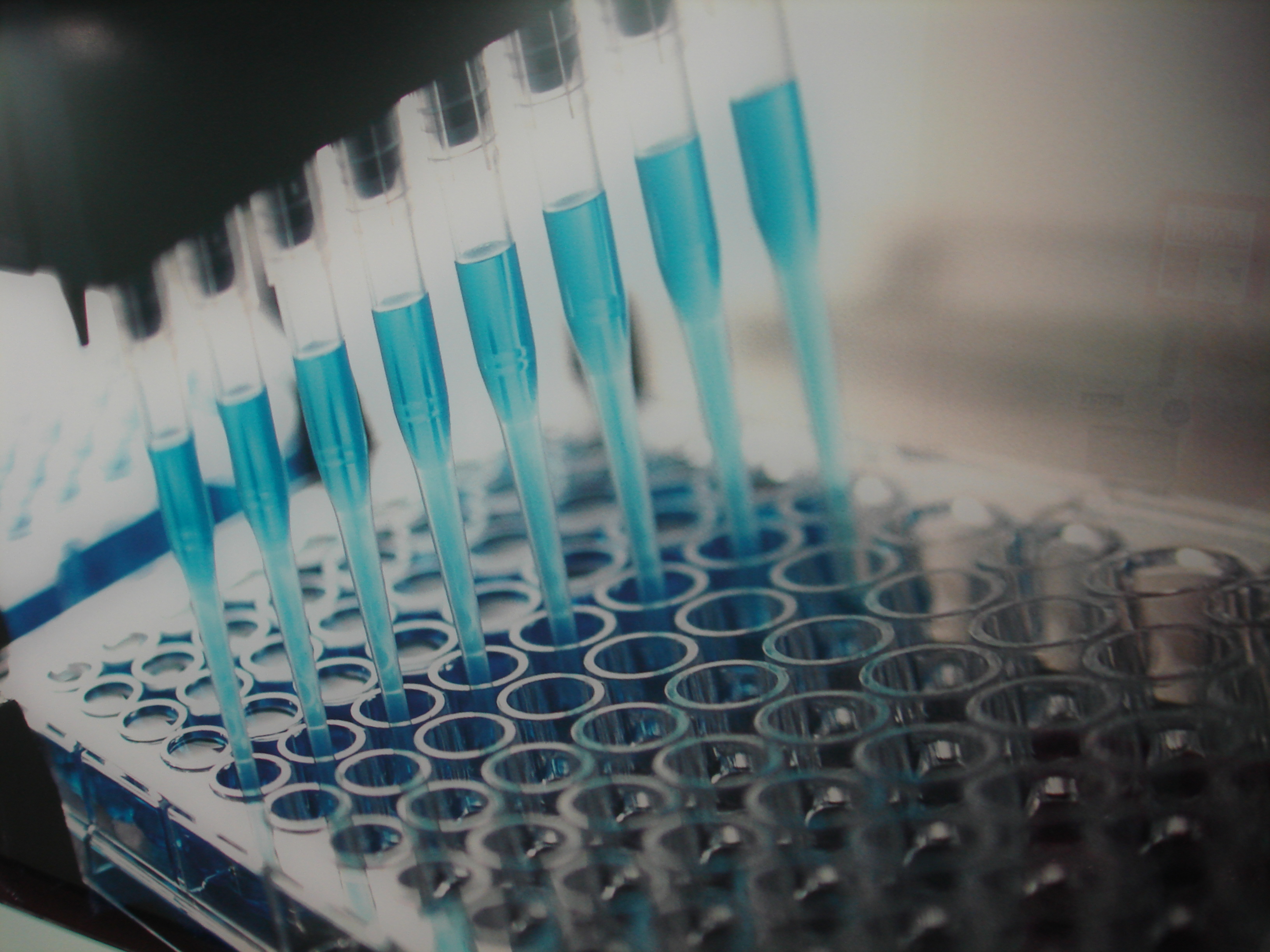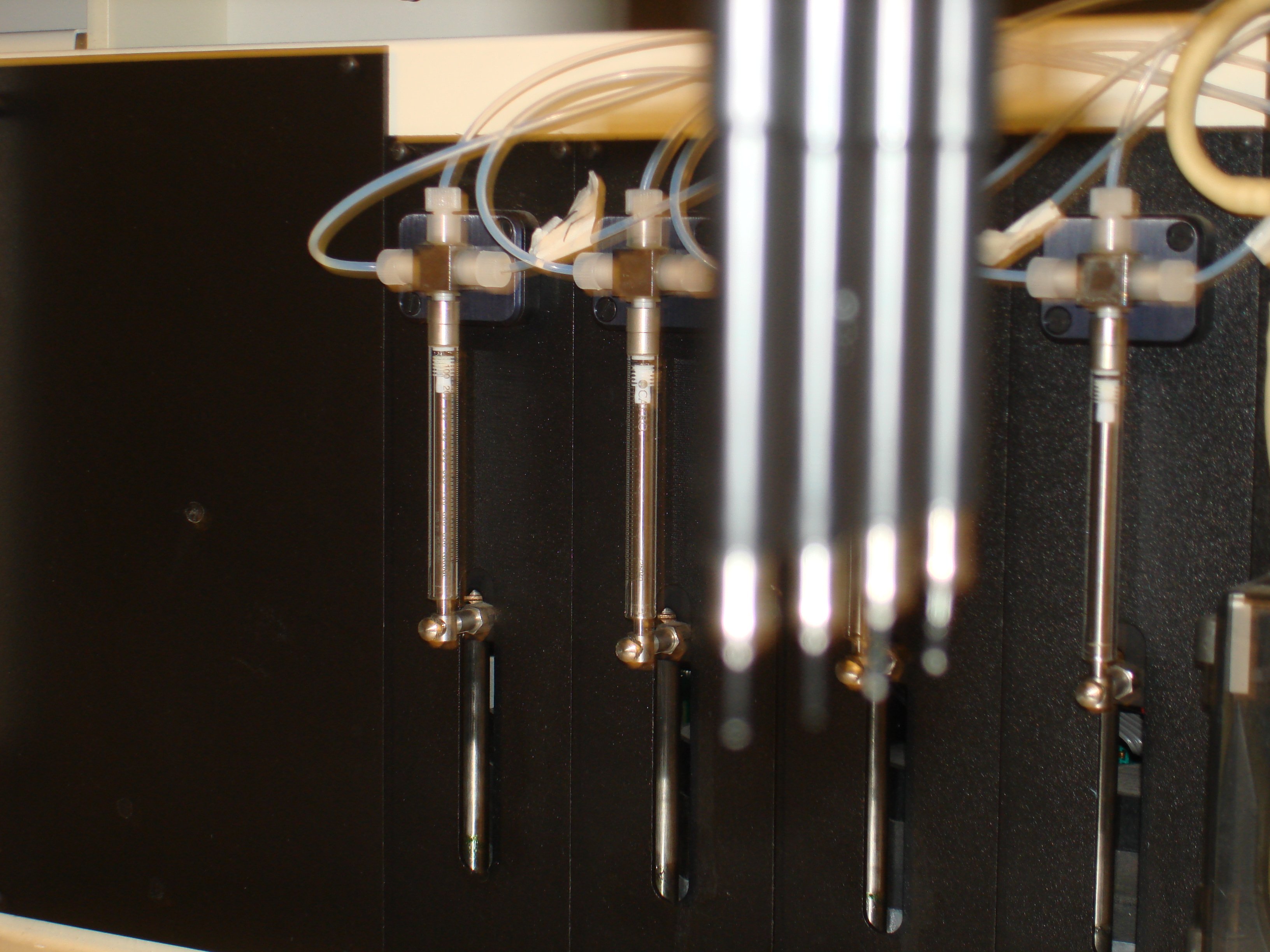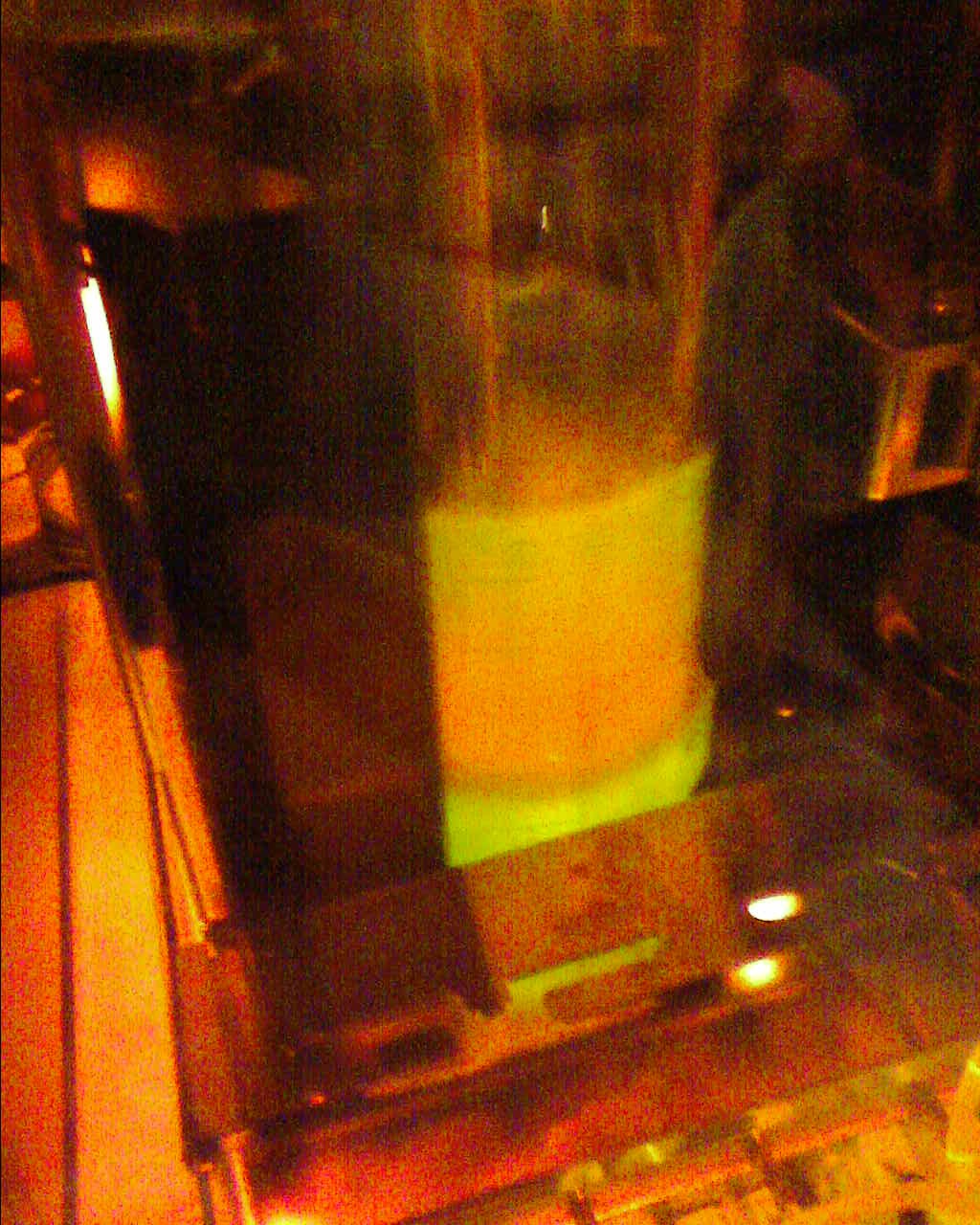Team:UCL London/Future Vision
From 2010.igem.org
FUTURE VISION
At this stage, our main aim is to show that our circuit does in fact react in the way it does to hypoxia. Pending this achievable target, we have high hopes of our Principle being implemented in a potentially infinite number of ways. We have split them into the following main categories just to give you an idea.
Health & Medicine
Imagine if the bacteria as we know it today could drive protein expression with the lack of oxygen. Synthetic biology through biochemical engineering can create the potential at which Escherichia coli cells- and we all know how harmful to humans can specific strains be- used in a twisted yet beautifully way as an expression system for the production of biopharmaceuticals. The project is based on the engineering modification of the cells and the construction of a self-induced biological circuit that allows an automated protein expression
Manufacturing
The pharmaceutical industry is a trillion dollar industry. Most of the money is spent because of the inefficiency of the processes. There are still plenty of rooms of improvement on several frontiers which could potentially lead to a decrease in cost. Our project has successfully introduced a new way of increasing the reliability of batches, and removing the need for chemicals and their storage. The application of this at industrial level can reduce the cost of a bio-pharmaceutical drug, making it available to more people.
Online/Real time monitoring
The current method of monitoring the dissolved oxygen in a fermenter is placing several dissolved oxygen probes in different locations of the fermenter. Using the green dye gene, we can reduce the number of probes needed, and depend on a more "live" visual technique!


 "
"






 Twitter
Twitter Facebook
Facebook UCL
UCL Flickr
Flickr YouTube
YouTube